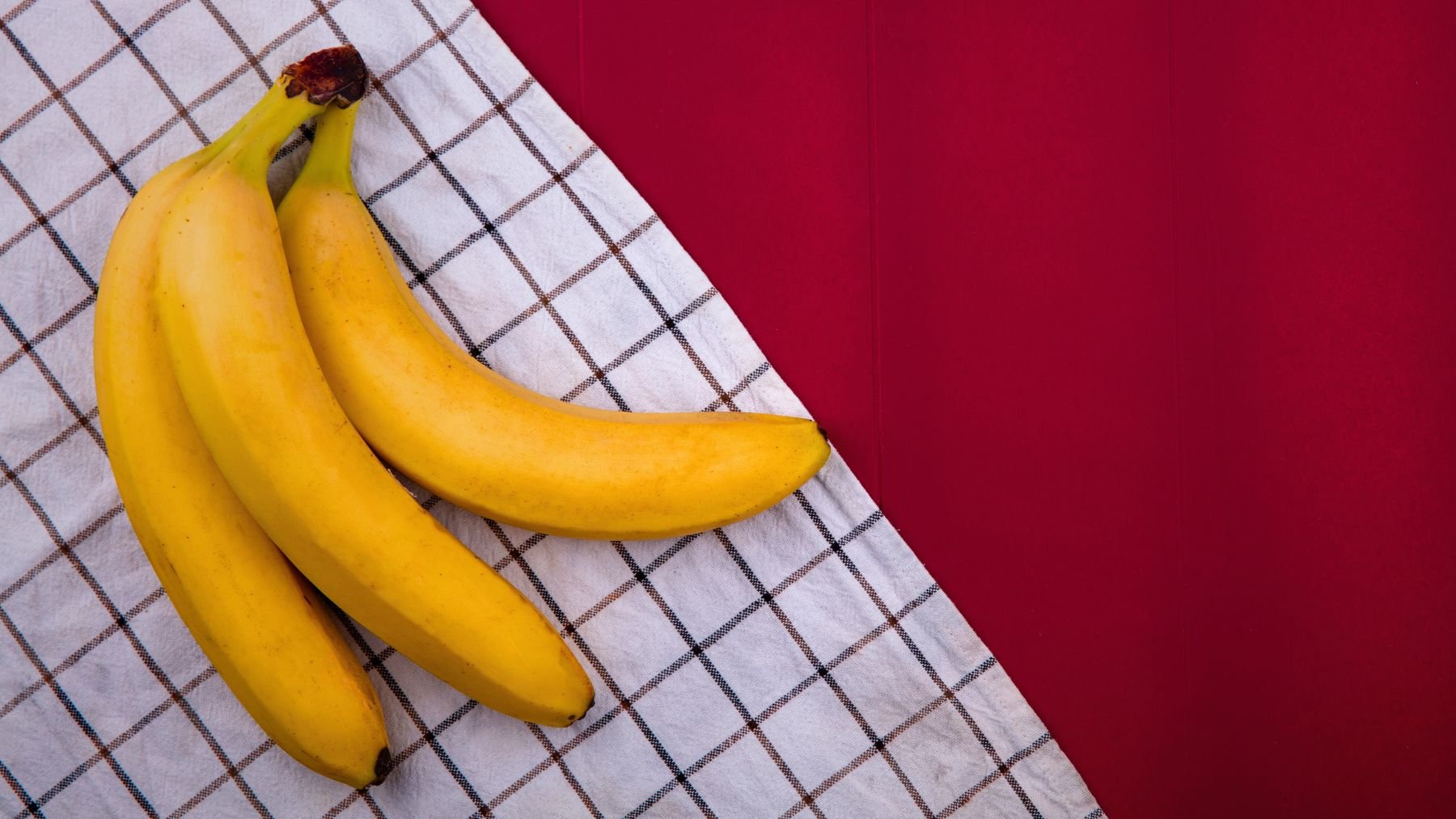Often, you grab your bananas, toss them on the counter, and hope that they remain in good condition. Sometimes this casual approach works, but the fruit can become overly soft or attract fruit flies far too quickly. Ambient humidity, temperature, and the natural release of ethylene gas—a hormone that initiates ripening—can affect climacteric fruits like bananas, apples, and avocados.
Here, we’ll explore the science behind banana ripening and highlight common storage mistakes. You’ll discover the ideal placement for bananas, why removing plastic packaging promptly is crucial, and one essential step: keeping bananas separate from other ethylene-sensitive fruits and vegetables.
Why your bananas need space
Bananas emit a natural plant hormone known as ethylene gas. This volatile compound functions as a ripening signal that not only transforms bananas into their characteristic yellow, sweet fruit but also stimulates nearby produce, such as apples, avocados, pears, and leafy greens, to ripen more quickly.
The process is similar to what happens in other climacteric fruits, where ethylene accelerates softening, discoloration, and spoilage. When bananas are positioned near ethylene-sensitive items like broccoli, tomatoes, or even certain herbs, the gas they emit accelerates the ripening and eventual spoilage of these items in a chain reaction.
Separating your bananas from other produce not only interrupts this chemical cascade but also creates a more controlled microenvironment, ensuring that each item maintains its texture and flavor for longer.
More steps to preserve your bananas for longer
Storing bananas properly involves several practical adjustments. Here is what works:
- Ditch the plastic bag immediately: Grocery stores and supermarkets often package bananas in plastic, which traps moisture and speeds up decay. Remove any plastic packaging as soon as you get home so the bananas can breathe freely.
- Wrap the stems tightly: The crown, where the stems converge, is a primary site for ethylene emission. Secure this area snugly with plastic wrap or aluminum foil to create a barrier that slows the release of ethylene and delays both the ripening and browning processes.
- Break up the bunch (optional but helpful): When bananas remain connected, they tend to enhance each other’s ripening through shared ethylene production. Separating them slows this process and allows you to enjoy the fruit at different stages of ripeness.
- Find the right spot: Store your bananas at room temperature in a cool, dry, and well-ventilated area. Avoid direct sunlight, stoves, or warm windowsills that can elevate the temperature and humidity. An ideal location might be a pantry shelf or a shaded corner of your counter.
- Refrigerate only when fully ripe: Cold temperatures can halt further ripening, so once your bananas have reached an ideal yellow color, perhaps with a few brown spots, you can move them to the refrigerator to slow softening for a few days. Although the peel will darken, the interior usually remains unaffected. However, never refrigerate green or underripe bananas because the cold negatively impacts their texture and flavor development.
By combining these steps, especially by allocating a distinct space for bananas away from ethylene-sensitive neighbors, you maximize your chances of enjoying the fruit at its peak while reducing waste. This thoughtful storage strategy can make all the difference in preserving the quality, flavor, and longevity of your produce.
